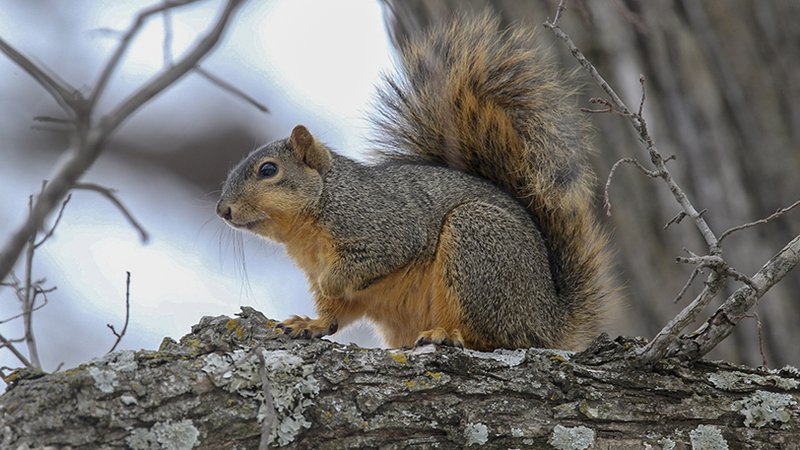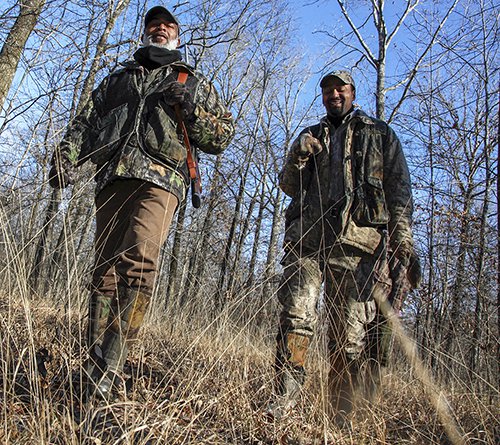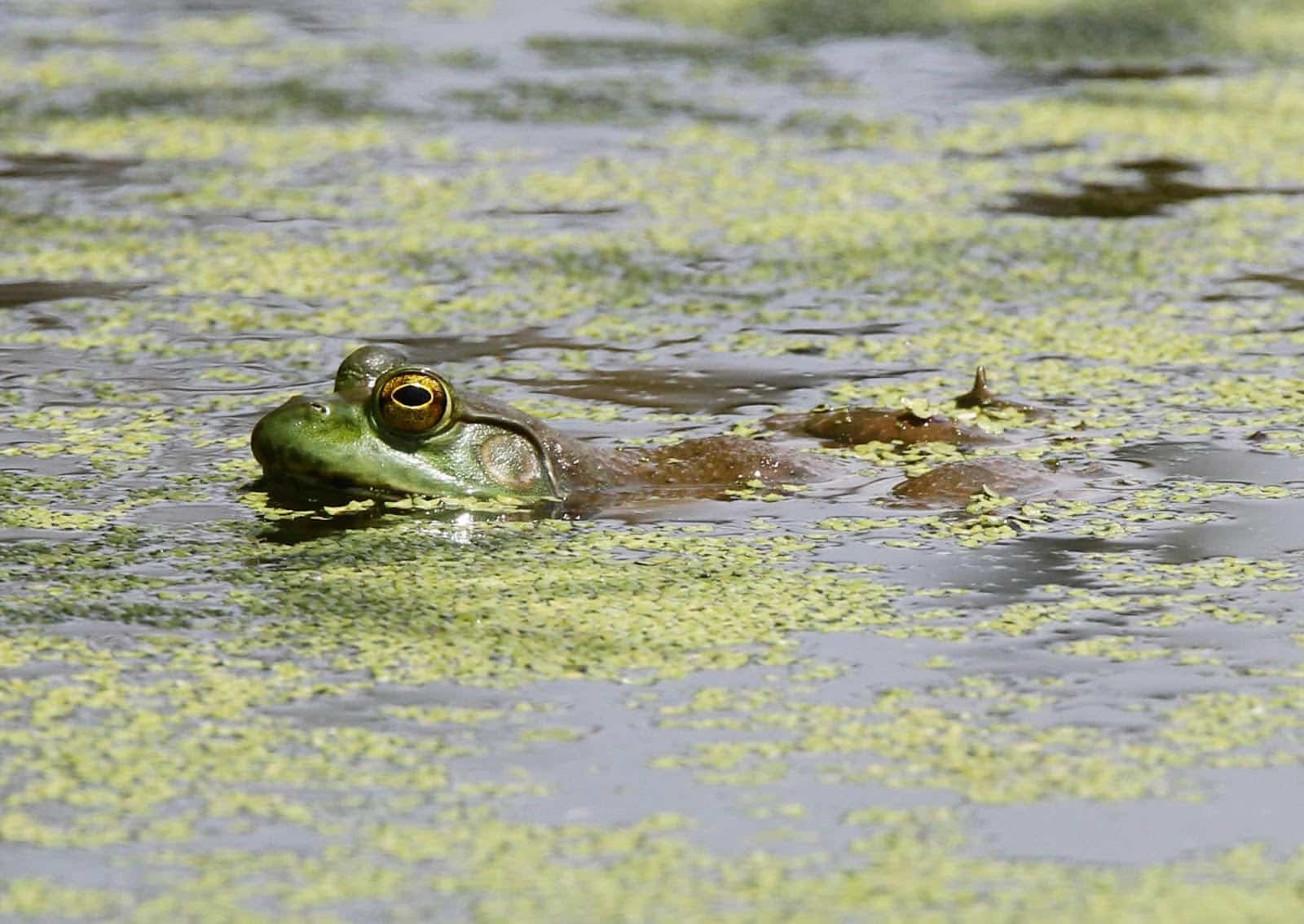Take two for squirrel season
ON 10-10-2018

Oct. 10, 2018
Randy Zellers
Assistant Chief of Communications
LITTLE ROCK – Sitting in a deer stand or chasing a wise old gobbler may be comfortable as a solo endeavor, and when silence is the name of the game, many hunters prefer to go it alone. On the other end of the spectrum are dove and duck hunts, where groups of up to 10 hunters in a single set are not uncommon. Somewhere in between, you’ll find folks who favor some quiet conversation in the squirrel woods.
“Squirrels are much more forgiving than deer or turkey, and there are lots of them to give you plenty of opportunities,” said Clifton Jackson, small game program coordinator for the Arkansas Game and Fish Commission. “It’s a great way to bond with kids or enjoy a good time with friends and family, but you still can’t be out there hooting and hollering and expect to get too many shots.”
You’ll find Jackson in the woods with a larger gun during deer season, but his true passion lies in holding a .22 rimfire rifle in pursuit of gray squirrels and fox squirrels during fall.
“There’s just no sport as mentally stimulating to me as squirrel hunting,” Jackson said. “I’ve hunted with the same group of squirrel aficionados for decades and it never gets old or less challenging.”
The lessons learned during a squirrel hunt make it an ideal way to introduce anyone to the sport of hunting. Newcomers can quickly learn from seasoned hunters how to identify many species of food-producing trees, including hickories, maples, beech trees and oaks. This translates into excellent woodsmanship when looking for deer-hunting areas in the future.
“I’ve watched my son mature in the squirrel woods from ‘lucky to get one’ to joining our group’s harvest expectations,” Jackson said with a note of pride. “Even now, we all hunt with rifles and within hearing distance of each other, so we can sort of gauge squirrel density and activity by the report of the various rifles.
“Sometimes, I hear shots seemingly all around me while I may not even see any semblance of a squirrel, but that bolsters my expectations. We usually get to the truck and provide each other an in-depth review of the morning hunt as we unload our game vests. Seasoned and competent hunters like myself still struggle some days, just as novice hunters take their next step to being an accomplished squirrel hunter.”

Jackson says the variety of conditions changes daily, keeping the hunt interesting. The wind, the number of leaves on trees, the preferred forage of the day, whether the food is in the trees or fallen to the ground all impact the hunt.
“I still learn lessons regularly as I compare notes with my squirrel hunting group about what was and what wasn’t an effective strategy under the current conditions,” Jackson said.
Hunters in Arkansas have two species to chase – fox squirrels and gray squirrels. The reddish fox squirrel is the larger of the two species, and usually is found in hardwoods close to edges of open land and where pines and hardwoods mix. The smaller, noisier gray squirrel is more at home in mature bottomland hardwoods.
“But you’re likely to find either species anywhere you find acorns and other food,” Jackson said.
Squirrel season runs from May 15 through the end of February each year, but most hunters focus on early fall, when hickory nuts and acorns begin to ripen and squirrels get busy eating and tucking them away for winter. Squirrels do most of their moving and shaking during the first three hours of daylight and again just before dusk; those are the best times to be on the hunt.
For more information about public land near you to hunt, visit www.agfc.com/wmas.
Visit the AGFC’s YouTube page for an Arkansas Wildlife Television video featuring squirrel hunting and an interesting take on preparing them for the supper table.
Recent News

Arkansas bullfrog season underway
Apr. 15, 2024

Flooding closes Sulphur River access
Apr. 12, 2024
Subscribe to Our Weekly Newsletter E-mails
Don’t miss another issue. Sign up now to receive the AGFC Wildlife Weekly Newsletter in your mailbox every Wednesday afternoon (Waterfowl Reports are published weekly during waterfowl season and periodically outside the season). Fishing Reports arrive on Thursdays. Fill in the following fields and hit submit. Thanks, and welcome!
